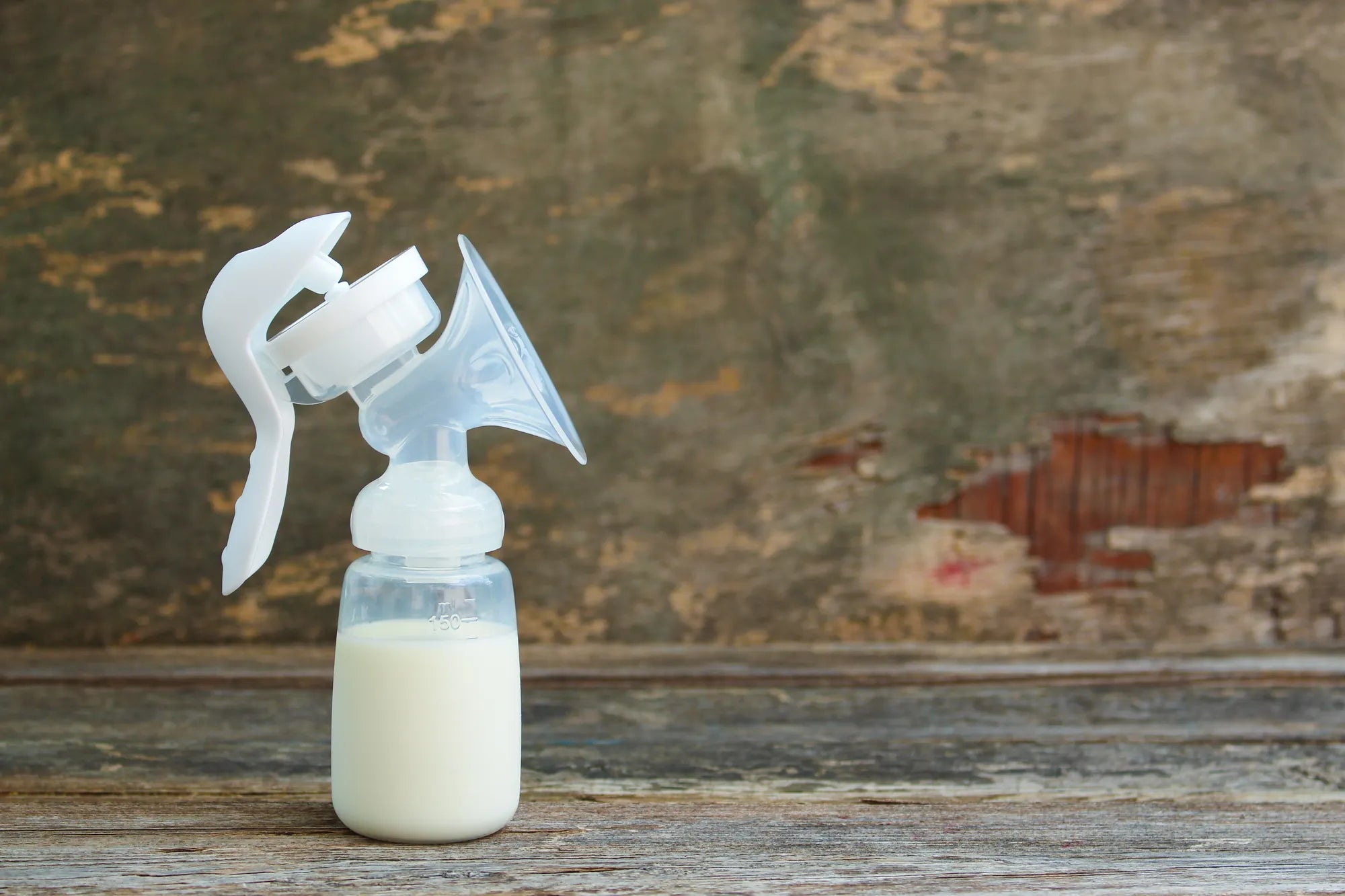Home
Pregnancy, Breastfeeding, and Pumping: The Ultimate Guide for Moms
Can Breast Milk Pumped at Different Times Be Combined?

Can Breast Milk Pumped at Different Times Be Combined?
Breast milk is often referred to as liquid gold for its unparalleled nutritional benefits for infants. But for many breastfeeding mothers, the logistics of pumping and storing milk can raise questions. One common query is: Can breast milk pumped at different times be combined? The answer is yes, but there are important guidelines to follow to ensure safety and quality. This article dives into the details of combining breast milk, offering practical tips and expert advice to help you navigate this aspect of breastfeeding.
Understanding Breast Milk Composition
Breast milk is a dynamic fluid that changes in composition based on various factors, including the time of day, the baby's age, and the mother's diet. For instance, milk pumped in the morning may have higher levels of certain nutrients compared to milk pumped in the evening. Despite these variations, breast milk remains a complete and balanced source of nutrition for infants. Combining milk from different pumping sessions can still provide your baby with all the essential nutrients they need.
Safety Guidelines for Combining Breast Milk
When combining breast milk pumped at different times, it's crucial to follow safety guidelines to prevent contamination and ensure the milk remains fresh. Here are the key steps:
- Cool the milk first: Always cool freshly pumped milk in the refrigerator before combining it with other milk. Mixing warm milk with cold milk can raise the overall temperature, creating an environment where bacteria can thrive.
- Use clean containers: Ensure that all storage containers are clean and sterilized. This minimizes the risk of introducing harmful bacteria into the milk.
- Label and date the milk: Clearly label each container with the date and time the milk was pumped. This helps you use the oldest milk first and maintain proper rotation.
- Combine milk of the same temperature: Only mix milk that has been cooled to the same temperature. This prevents temperature fluctuations that could compromise the milk's quality.
Storage Tips for Combined Breast Milk
Proper storage is essential to preserve the nutritional value and safety of combined breast milk. Here are some tips to keep in mind:
- Refrigerate promptly: Store combined breast milk in the refrigerator at a temperature of 4°C (39°F) or lower. Use the milk within 24 hours for optimal freshness.
- Freeze if necessary: If you don't plan to use the milk within 24 hours, transfer it to the freezer. Frozen breast milk can be stored for up to six months, although using it within three months is recommended for the best quality.
- Avoid overfilling containers: Leave some space at the top of the container to allow for expansion when the milk freezes.
- Thaw safely: When ready to use frozen milk, thaw it in the refrigerator or under cool running water. Avoid using a microwave, as it can create hot spots that may burn your baby's mouth.
Benefits of Combining Breast Milk
Combining breast milk pumped at different times offers several advantages for breastfeeding mothers:
- Efficient storage: Combining smaller amounts of milk into one container saves space in the refrigerator or freezer.
- Consistent feeding: Mixing milk from different pumping sessions can provide a more consistent nutritional profile, ensuring your baby receives a balanced diet.
- Reduced waste: Combining milk allows you to use every drop, minimizing waste and maximizing your efforts.
Common Myths About Combining Breast Milk
There are several misconceptions about combining breast milk that can cause unnecessary concern. Let's debunk some of the most common myths:
- Myth 1: Combining milk reduces its nutritional value. In reality, combining milk does not significantly alter its nutritional content. Breast milk remains a rich source of nutrients, regardless of when it was pumped.
- Myth 2: Mixing milk from different times is unsafe. As long as you follow proper storage and handling guidelines, combining breast milk is perfectly safe.
- Myth 3: Frozen milk loses its benefits. While freezing may cause slight changes in the milk's composition, it still retains most of its nutritional and immunological properties.
Expert Tips for Pumping and Storing Breast Milk
To make the most of your breastfeeding journey, consider these expert tips for pumping and storing breast milk:
- Establish a routine: Pump at regular intervals to maintain your milk supply and ensure you have enough milk for your baby.
- Stay hydrated: Drink plenty of water to support milk production and overall health.
- Use a breast pump that suits your needs: Choose a pump that is comfortable and efficient for your lifestyle.
- Seek support: Don't hesitate to reach out to lactation consultants or breastfeeding support groups for guidance and encouragement.
When to Avoid Combining Breast Milk
While combining breast milk is generally safe, there are some situations where it's best to avoid it:
- If the milk smells or looks off: Discard any milk that has an unusual odor or appearance, as it may be spoiled.
- If you're unsure about storage conditions: When in doubt, err on the side of caution and avoid combining milk that may have been improperly stored.
- If your baby has specific health concerns: Consult your pediatrician before combining milk if your baby has a weakened immune system or other health issues.
Frequently Asked Questions
Here are answers to some common questions about combining breast milk:
- Can I combine milk from different days? Yes, as long as the milk has been properly stored and cooled, you can combine milk from different days.
- How much milk can I combine at once? There's no strict limit, but it's best to combine smaller amounts to avoid wasting milk if something goes wrong.
- Can I combine milk from both breasts? Absolutely. Milk from both breasts can be combined without any issues.
Combining breast milk pumped at different times is a practical and safe way to manage your milk supply. By following the guidelines outlined in this article, you can ensure that your baby receives the best possible nutrition while making your breastfeeding journey smoother and more efficient. Whether you're a new mom or an experienced parent, these tips will help you make the most of every precious drop of breast milk.
Share

